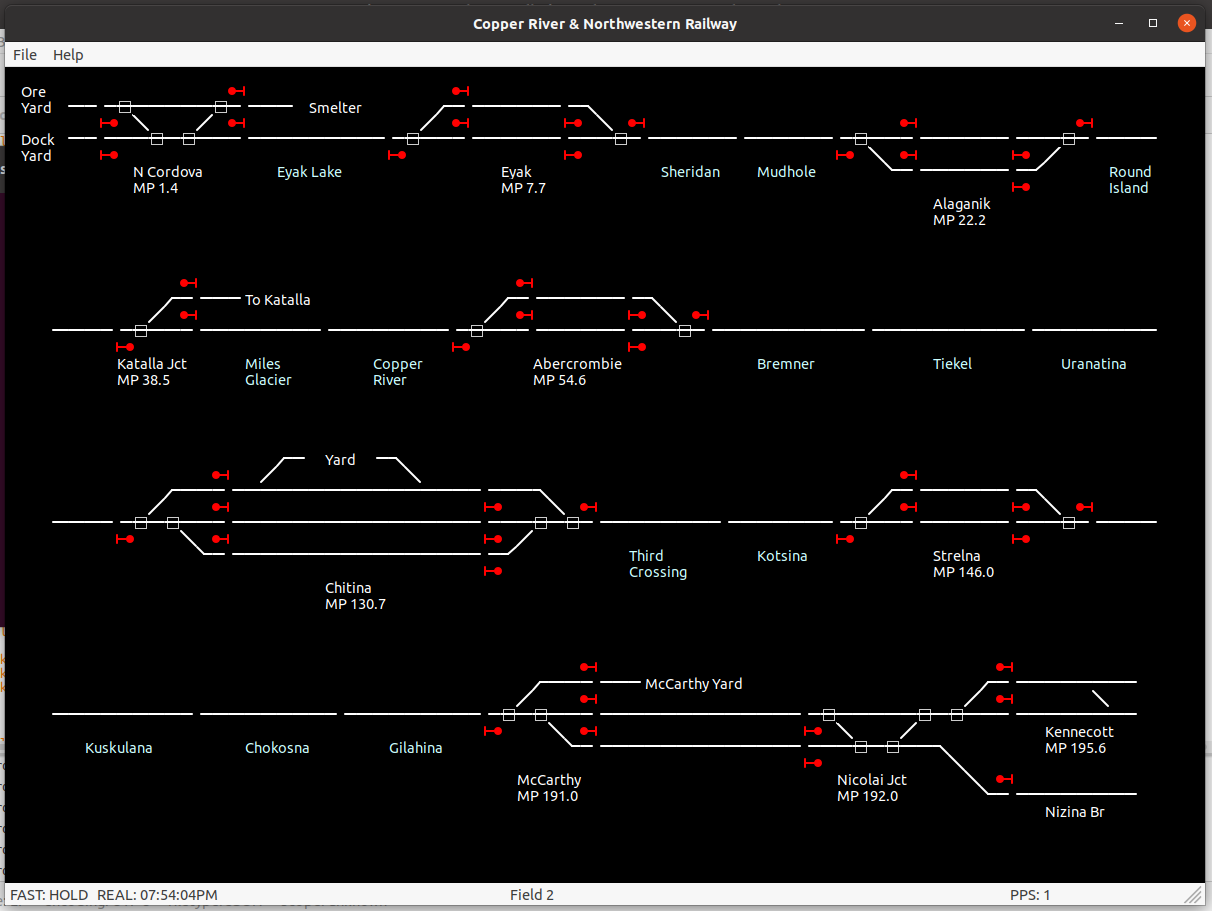The prototype CR&NW, running only a through train or two every day even at the peak of operations, never really had a use for signals. Operations were handed with train orders telegraphed to stations, and honestly from all evidence that survives, it worked just fine. There’s no record of any major cornfield meets anywhere on the CR&NW during its ~30 years of operation. (An astute observer may try to point out that there are no cornfields on the CR&NW, but my point holds.) The only signal we know of on the original line was a wigwag crossing signal in Cordova.
The N scale CR&NW, however, was always intended to be signaled. I love signals. I’ve been fascinated with them since I was a kid. I have two full size signals in my back yard and part of one in my kitchen. Since my Copper River is set nearly 80 years after the original went out of business, I can take a few liberties with how the line evolved. Plus, with keeping 3-4 operators busy during operating sessions, that’s going to be a fair amount of traffic in only ~10 scale miles of track.
I’m going to write a series of articles on the operation of and the technology behind the system over the coming weeks, but in the meantime I’m going to put up a screenshot of the Computer-Aided Dispatch (CAD) system that will be used by the dispatcher to route traffic. Visually it’s very nearly complete, and about 75% of the functionality is there under the covers. The display is a little boring since I’m developing it from Iowa and while it’s communicating with the layout back in Colorado, the layout is mostly not on and thus not sending any data back. The fast clock is the only thing up and running.
